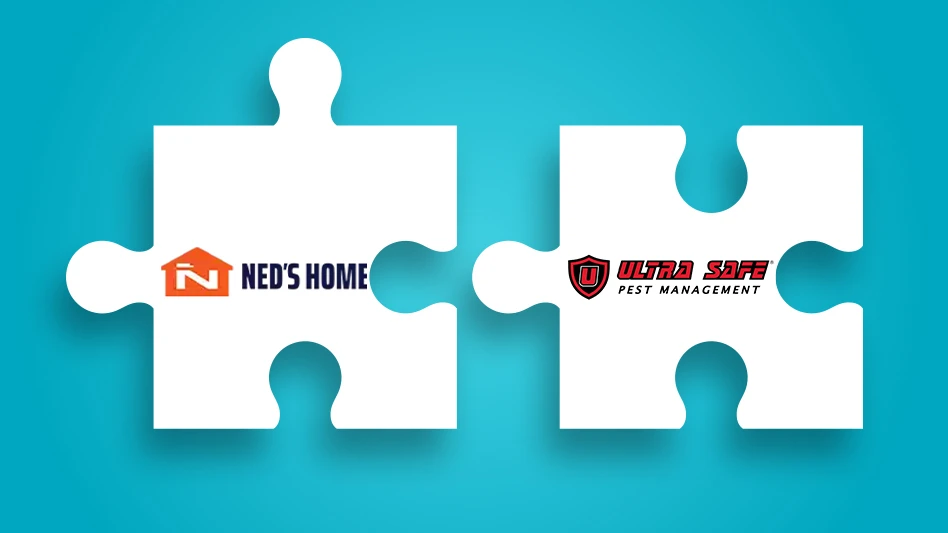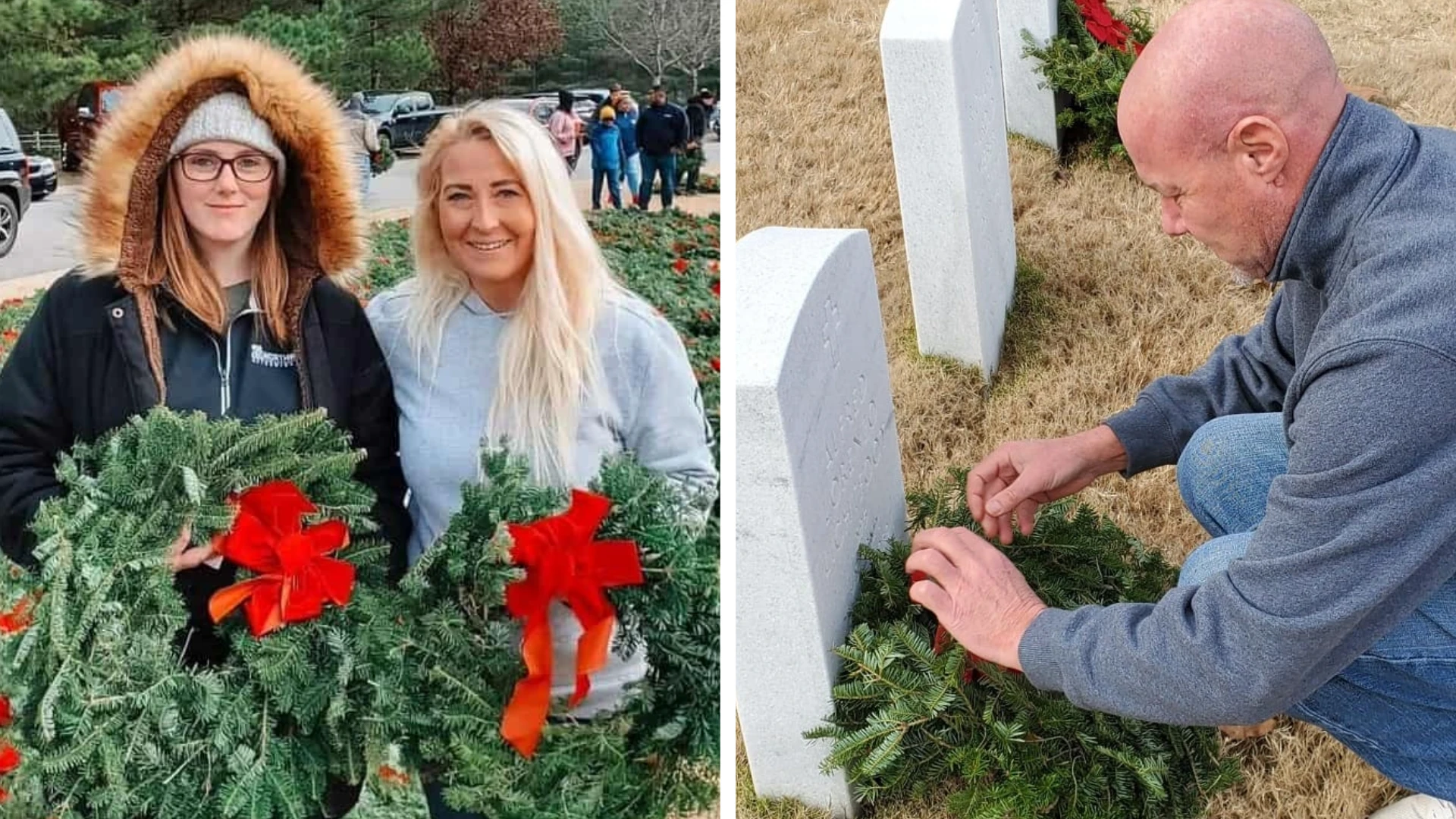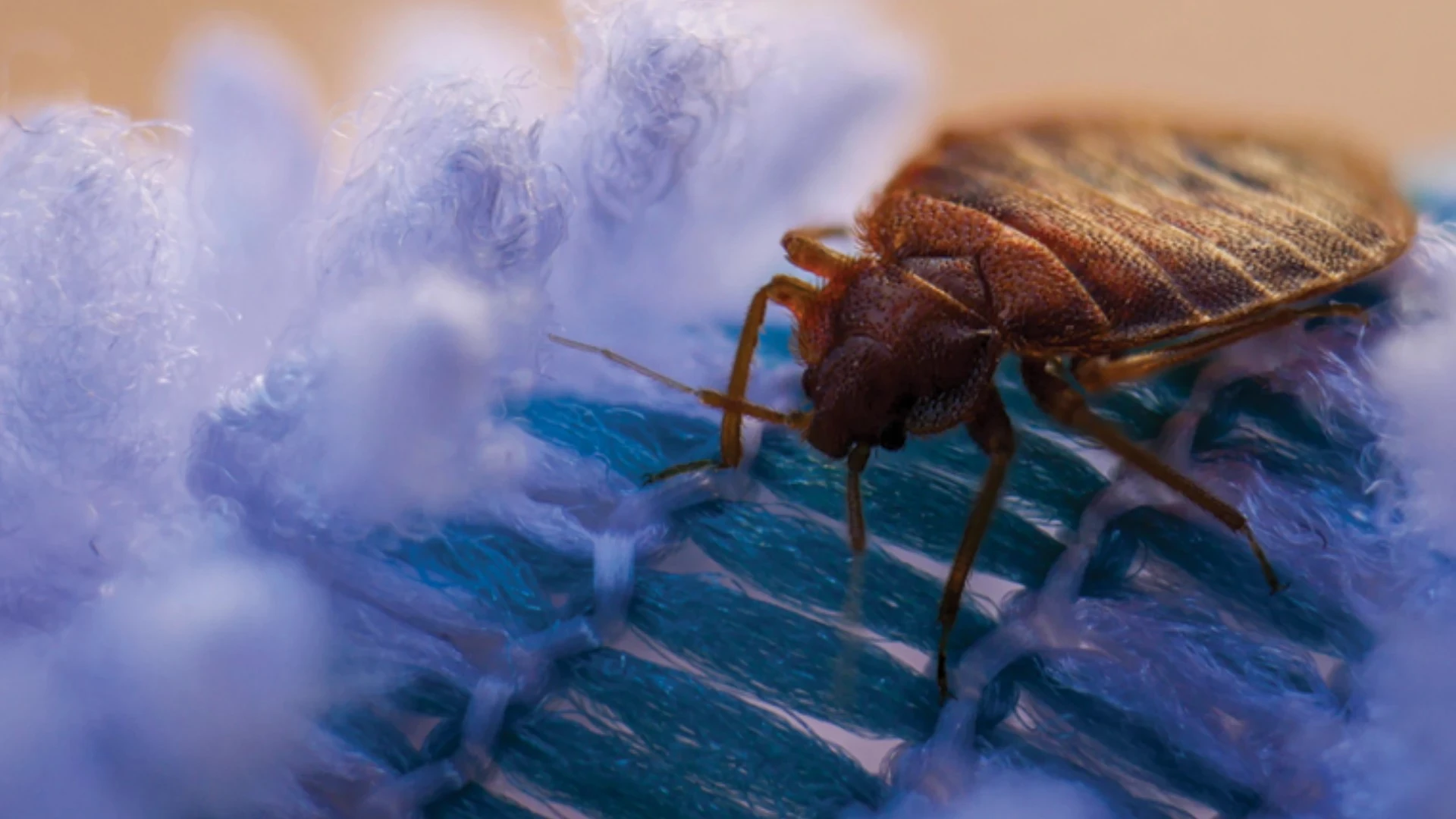Have you ever had a conversation with someone that goes something like, “I know you hear me, but are you listening to me?” Of course. We all have. We know that listening is not a passive activity. To listen attentively requires effort and concentration. Similarly, while on problem inspections, I often must concentrate and remind myself, “Bobby, I know you are looking, but are you observing?” Similar to hearing vs. listening, looking vs. observing also requires different levels of effort.
The word observe means to examine and study scientifically. This is important because real-world pest management is first and foremost a science. Many times we are searching for cryptobiotic animals (meaning secretive animals such as mice, rats, carpenter ants, termites, bats, cockroaches, etc.). To be able to find these types of animals in the short amount of time you have on a typical day in the field requires you to be efficient.
If you have ever been to one of my lectures during the past 10 years on how to conduct pest inspections for cryptobiotic animals, you have seen slides of the famous Sherlock Holmes woven into my lectures as analogies to successful pest inspections. I highlight the mystery A Scandal in Bohemia, for instance, where the master observer, Sherlock Holmes, asks Dr. Watson how many times he has seen the steps leading to their apartment.
“Frequently.”
“How often?”
“Well, some hundreds of times.”
“Then how many steps are there?”
“How many! I don’t know.”
“Quite so! You have not observed. And yet you have seen.”
I’m not the only pest professional who sees this analogy. In Kentucky, for example, Ralph Hall owns Bug Detectors and prides himself on the relationship between Sherlock Holmes and pest control by using Sherlock Holmes as his logo on his service vehicles and business cards.
Keith Story, the renowned English entomologist, in 1986 wrote one of the best chapters on pest inspections I’ve ever read. He states, “Good inspections, like criminal detection, requires both an analytical and intuitive ability, together with a strong desire to defeat the pest, and this cannot be achieved by mere equipment.” Bingo.
So how do we apply this lesson of looking vs. observing in the field? Well, let’s examine but a few examples of inspections I have been on recently with technicians. In a mouse-infested restaurant in Chicago last year, the technician placed traps out along several walls, but only in a one-dimensional pattern of a trap about every 10 feet on the floor. Yet, along various other areas both on and off the floor, as well as in several corners, there were mouse urine “pillars” (vertical accumulations of urine) and mouse droppings. Both urine and feces serve mouse communities as important pheromonal cues and, in fact, show us the high-activity pathways of the local population — but only if we are observant. To be better at what we do, we must look a bit deeper for the biological clues the pests sometimes provide us. At a food warehouse last October, the technician was quick to note “rat droppings” inside several exterior bait stations and recorded “rat activity” for each of the stations. Th
is certainly got the attention of the warehouse manager. But the droppings were not rat droppings at all.
During a hurried look, the droppings appear similar in size and shape to a rat dropping until one notices, via a better observation, the fragile accumulations of insect fragments characteristic of toad feces.
Responding to “the second callback” on chronic mouse sightings in a high-rise office complex, a service technician visited the area of the sighting and installed traps behind the desk and then left in a hurry to get to the next stop on her route. Unfortunately, she failed to observe where the mouse pressure was originating, which was actually two floors above the sighting. A closer look beyond the sighting and a few analytical questions of the staff put us onto the source of the problem.
As most professionals can attest, inspecting for cockroaches for the first time in a large commercial kitchen can seemingly be overwhelming — but not if you’re observant. Instead of attempting to systematically inspect every wall area and each piece of equipment within the kitchen, it is far more time efficient to start in those areas where you observe warmth, water and good concealment to coincide. If the account has a normally distributed population of cockroaches, they will be found in these areas because they simulate the “tropical settings” cockroaches prefer.
It isn’t much of a mystery: Great inspections require observation. As professionals, we owe it to our clients, and to our businesses, to go beyond merely looking while we inspect. Then, when a client asks you how you are able to deduce so much from your inspection, you could use the same words the great Inspector Holmes used in A Case Of Identity: “It is my business to know things. Perhaps I have trained myself to see what others overlook. If not, why should you consult me?”
On the job ask yourself: Do you see what others overlook? Observe and you will!

Explore the March 1999 Issue
Check out more from this issue and find your next story to read.
Latest from Pest Control Technology
- Rentokil Terminix Expanded in Key Markets with 2024 Acquisitions
- In Memoriam: Joe Cavender
- Certus Acquires Green Wave Pest Solutions
- Liphatech Adds Alex Blahnik to Technical Team
- Do the Right Sting: Stinging Insect Identification, Management, and Safety
- VAGA's 8th Annual Veterans Thanksgiving Appreciation Dinner
- Clark's Blair Smith on the Response to Increased Dengue Fever Cases in Southern California
- WSDA, USDA Announce Eradication of Northern Giant Hornet from U.S.





